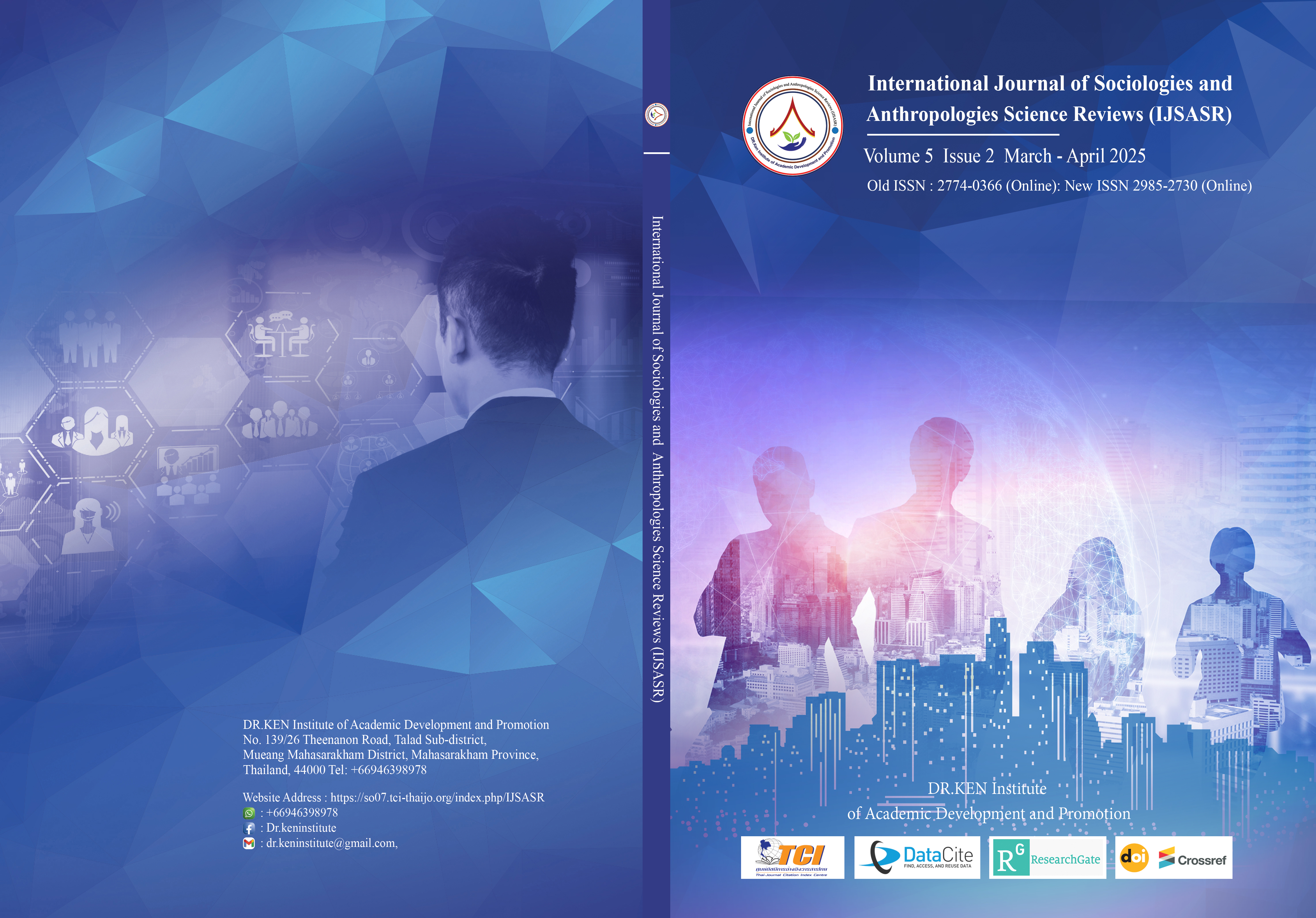Developing Managerial Guidelines to Promote Curling Sport in the People’s Republic of China
Main Article Content
Abstract
Background and Aim: Curling in China for only 20 years has made remarkable achievements, especially in the 2009 curling world championships, where the women's curling team won the gold medal, causing the attention of the country and the attention of the public, but compared with some traditional curling powers, in tactics, psychological, still have an obvious gap. Therefore, this research aims to develop managerial guidelines to promote curling sports in China.
Materials and Methods: This research is a survey research. The sample was 20 curling players and coaches from three curling training centers in Heilongjiang Province, 60 curling club members in Harbin and Beijing, and 240 citizens who practice ice sports in Harbin and Beijing Street parks. In this research, the expert interview and questionnaire survey were conducted to draft the guidelines for developing managerial guidelines to promote the curling sport in China.
Results: to improve the sustainable development of curling in China, the management system of the project should be further improved and multi-party coordinated development should be carried out; Strengthen the socialization degree of curling; Increase the government as the main body of economic input, broaden the source of funding channels; Pay attention to personnel training, training and management; Focus on the comprehensive quality construction of coaches and players; Strengthen the scientific research of curling project
Conclusion: With the reform of the management system, the attention of management departments, the strong support and promotion of the government, and the gradual enrichment of reserve talents, the level of curling sports in China will be able to compete with the top strong teams.
Article Details

This work is licensed under a Creative Commons Attribution-NonCommercial-NoDerivatives 4.0 International License.
Copyright on any article in the International Journal of Sociologies and Anthropologies Science Reviews is retained by the author(s) under the under the Creative Commons Attribution-NonCommercial-NoDerivatives 4.0 International License. Permission to use text, content, images, etc. of publication. Any user to read, download, copy, distribute, print, search, or link to the full texts of articles, crawl them for indexing, pass them as data to software, or use them for any other lawful purpose. But do not use it for commercial use or with the intent to benefit any business.

References
Cao, D., & Li, Y. (2012). Overview of 2011~2012 National Curling Championship. Ice and Snow Sports, 34(3), 41-47.
Clement, D. (2012). An Analysis of Curling Strategy. Journal of Quantitative Analysis in Sports, 8(3), 67-73.
Guo Q. (2011). Research on the development status and market prospect of curling in China. Capital Institute of Physical Education, 14(5), 156-165.
Hong M. (2011). The development of curling in China from the 2010 World Curling Championships. Liaoning Sports Science and Technology, 33(1), 101-104.
Hong, M. (2010). Comparative analysis of curling talent training in China, Japan, and South Korea in the Asia-Pacific region. Sports World: Academic Edition, 10(1), 58-65.
Hong-Chen, L. I., Shui-Sheng, X. U., Qing-Chuang, L., Li, J., Hui-Qiu, G., & School, H. S. (2014). Technical Performance and Enlightenment of Chinese Curling Male Team in 2014 World Championship. China Winter Sports, 8(2), 118-125.
Li H. (2011). Research on the development status and strategy of curling projects in China. Master's Thesis Master's Thesis: Harbin Institute of Physical Education, Harbin Institute of Physical Education.
Liu, D. (2012). Research on curling courses offered by colleges and universities in Heilongjiang Province under the advantages of ice and snow resources. Journal of Harbin Institute of Physical Education, 30(2), 22-25.
Meiling H. (2013). Review of the 2013 Women's Curling World Championships. Ice and Snow Sports, 35(3), 39-44.
Wang Y., Su H., & Li X. (2013). Characteristics of curling and its psychological training. Heilongjiang Science and Technology Information, 36, 67-67.
Wu, H. (2011). The development trend of women's curling in China from the results of women's curling team. Ice and Snow Sports, 33(2), 34-37.
Yu, L., Wang, R., & Zhou, Y. (2012). Research on the origin and development of curling. Sports Culture Guide, 3, 133-136.
Zhang B., & Li H. (2009). Feasibility analysis of curling projects carried out by some universities in Northeast China. Ice and Snow Sports, 31(3), 1-10.
Zhou Yuhe. (2012). The development status of curling in China from the 2011 Pan Pacific Curling Championship. Liaoning Sports Science and Technology, 34(6), 101-104.
Zhu Z, Su H, Wang Y, & Mu L. (2012). Analysis of the current status of curling research. Snow Sports, 34(5), 33-37.






